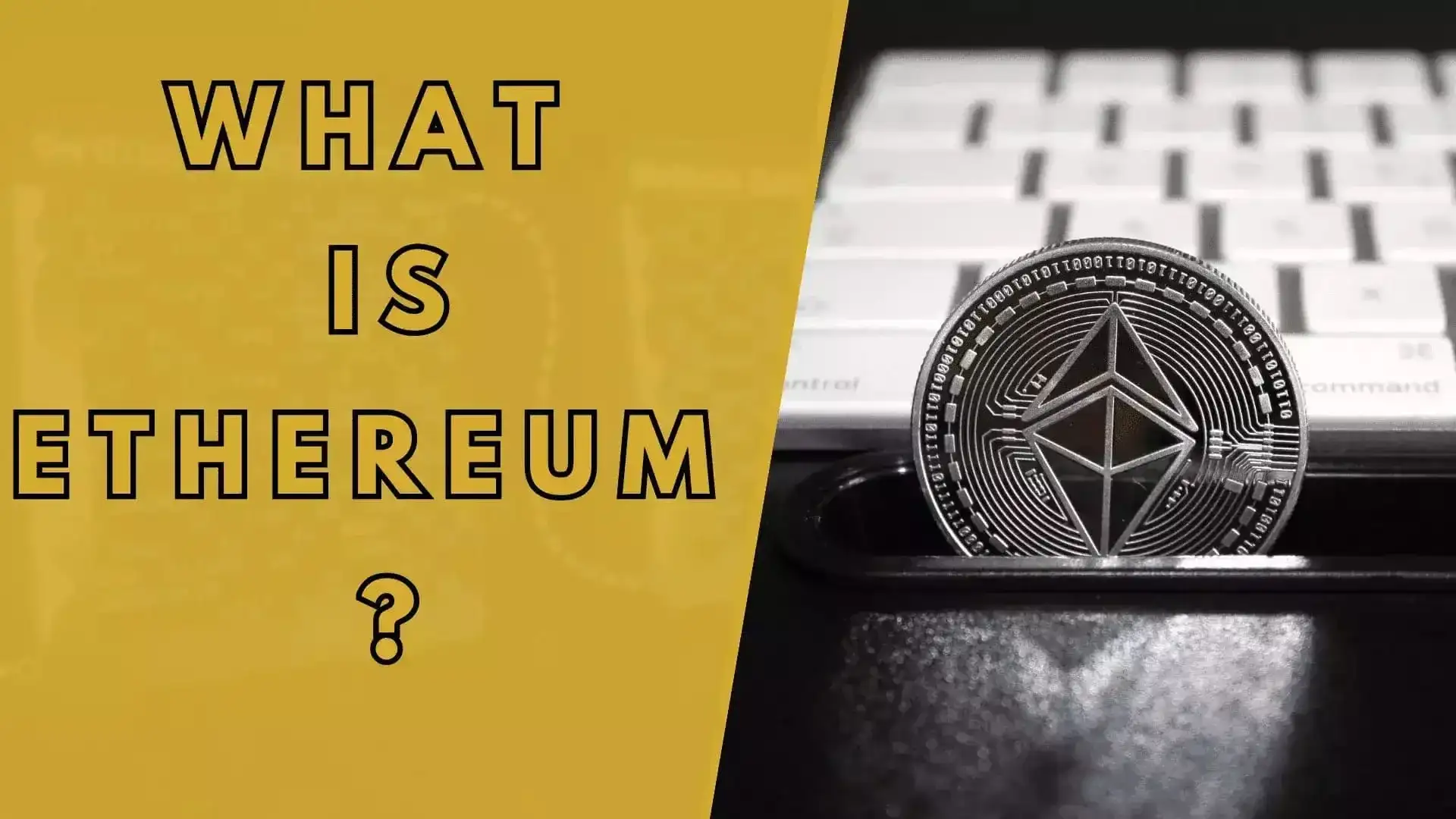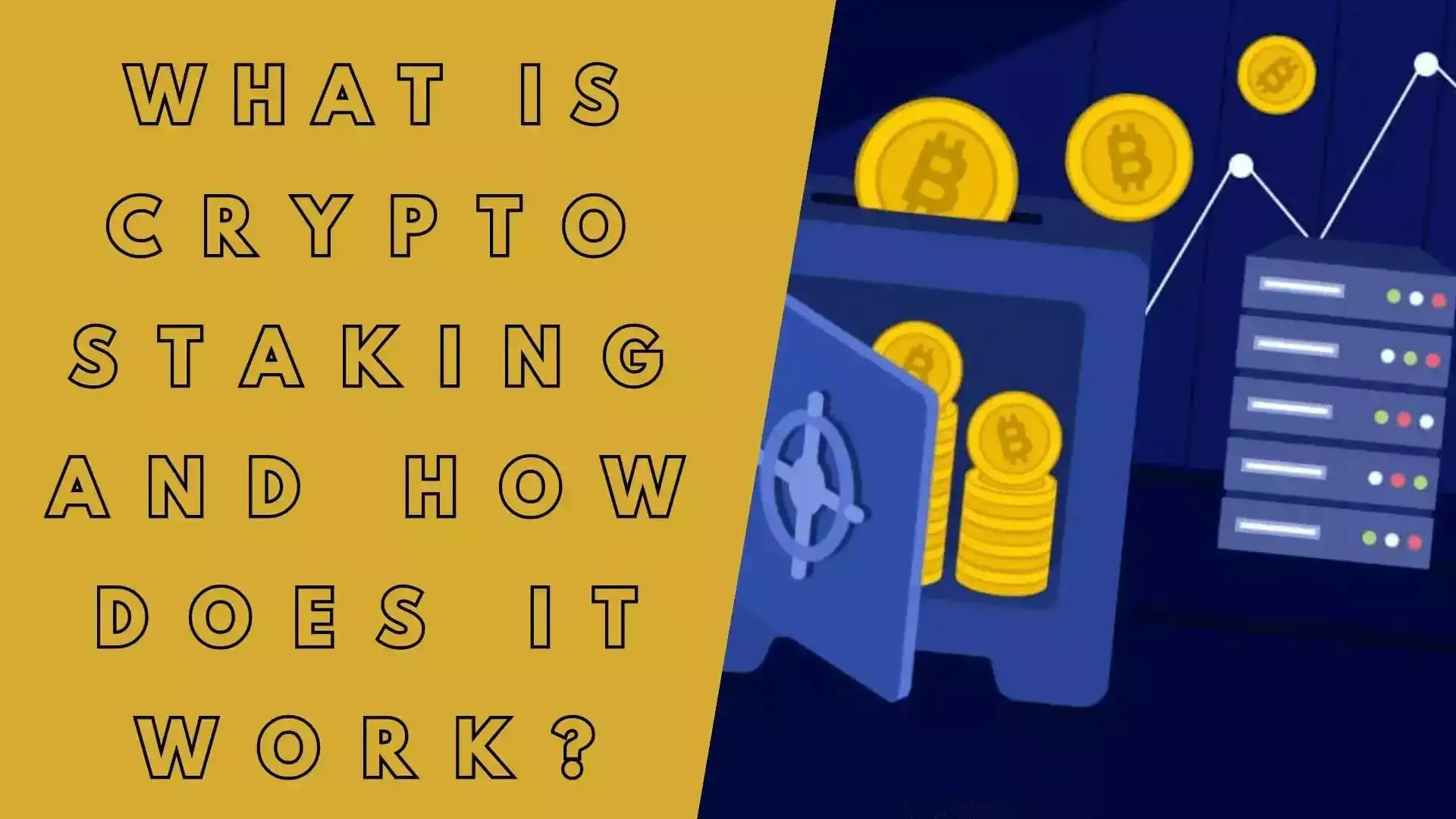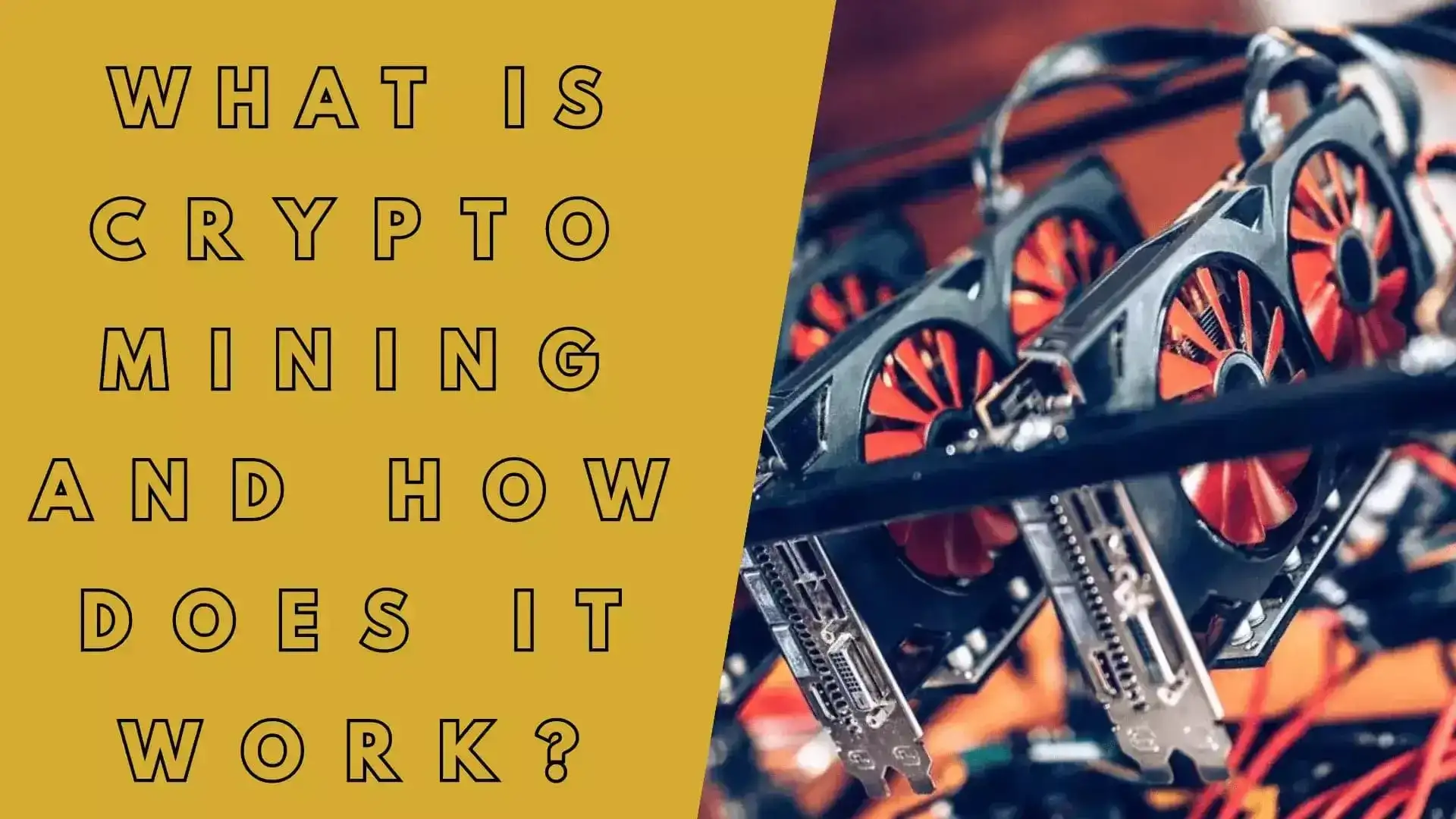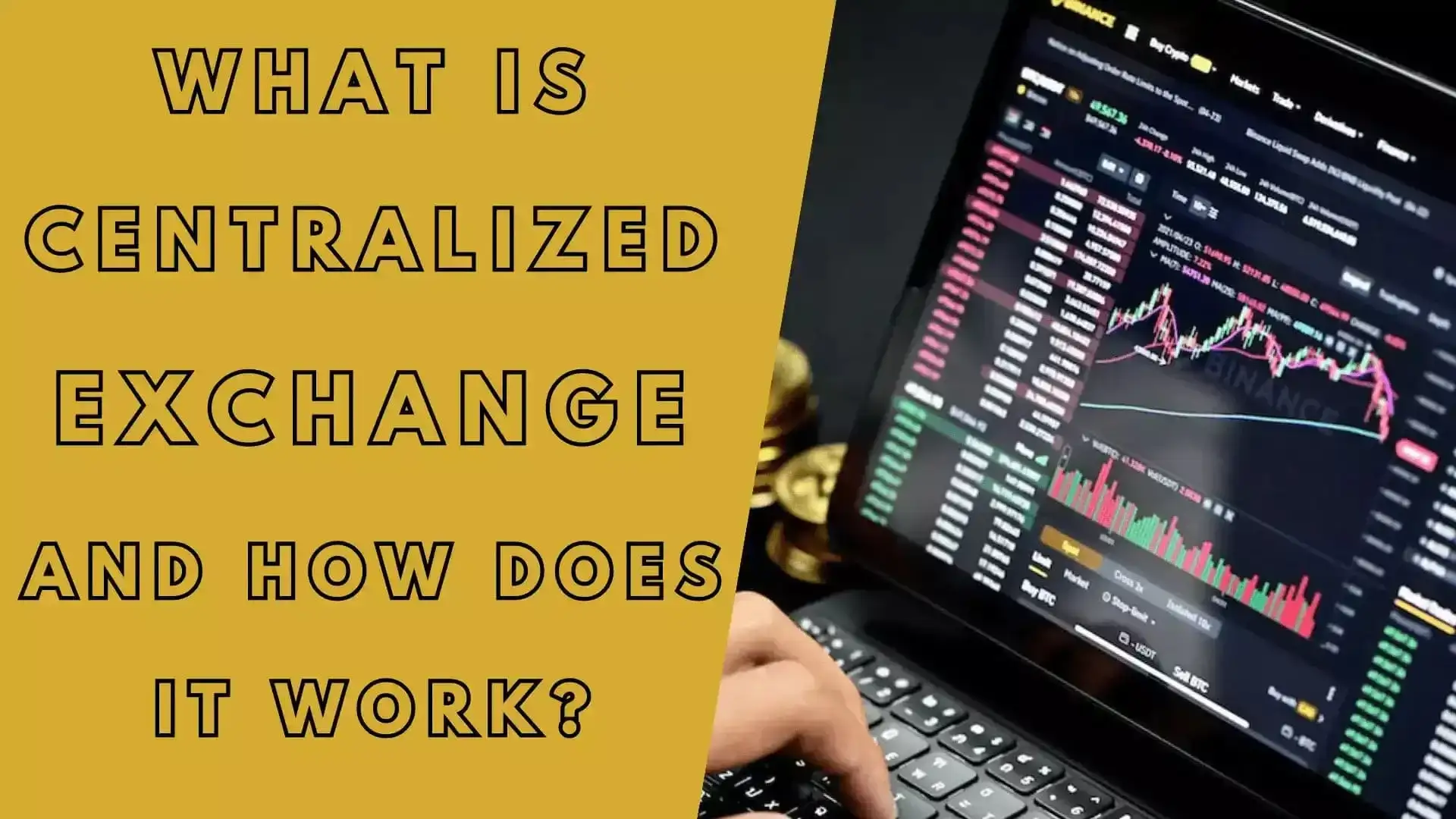What Is Ethereum ?
Ethereum is an open-source, decentralized blockchain platform that enables the creation and execution of smart contracts. It was proposed by Vitalik Buterin in late 2013 and officially launched in July 2015. Ethereum is designed to be a programmable blockchain that goes beyond the simple transfer of digital currency (like Bitcoin) by allowing developers to build and deploy decentralized applications (dapps) on top of the Ethereum blockchain.

Posted on 11 Sep 2023
Here are some key aspects of Ethereum:
- Blockchain Technology: Ethereum uses blockchain technology to achieve decentralized consensus. Blockchain is a distributed database that maintains a continuously growing list of records, called blocks, which are linked and secured using cryptography.
- Smart Contracts: Ethereum introduced the concept of smart contracts, which are self-executing contracts with the terms of the agreement directly written into code. Smart contracts allow for the execution of transactions and the automation of complex procedures without the need for intermediaries.
- Ether (ETH): Ethereum has its own cryptocurrency called Ether (ETH). Ether is used as a means of value transfer within the Ethereum network and is also used to pay for computation and storage on the network.
- Turing-Complete: Unlike Bitcoin, which has a limited scripting language, Ethereum's programming language, called Solidity, is Turing-complete. This means that any computable task can be implemented on the Ethereum network, allowing for the development of a wide range of applications.
- Decentralized Applications (DApps): Ethereum provides a platform for developers to build decentralized applications (DApps) that run on the Ethereum Virtual Machine (EVM). DApps can be built across various industries, including finance, gaming, supply chain management, and more.
- Ethereum Virtual Machine (EVM): The Ethereum Virtual Machine is a runtime environment that executes the code of smart contracts. It ensures that the execution is consistent across all network nodes and enables the deployment of decentralized applications.
- Consensus Mechanism: Initially, Ethereum used a proof-of-work (PoW) consensus mechanism similar to Bitcoin. However, it is in the process of transitioning to a proof-of-stake (PoS) consensus mechanism called Ethereum 2.0, which aims to improve scalability and energy efficiency.
The Ethereum platform has gained significant popularity and has become a foundation for many decentralized applications and blockchain projects. Its flexibility, programmability, and wide range of use cases have made it a prominent player in the blockchain ecosystem.





